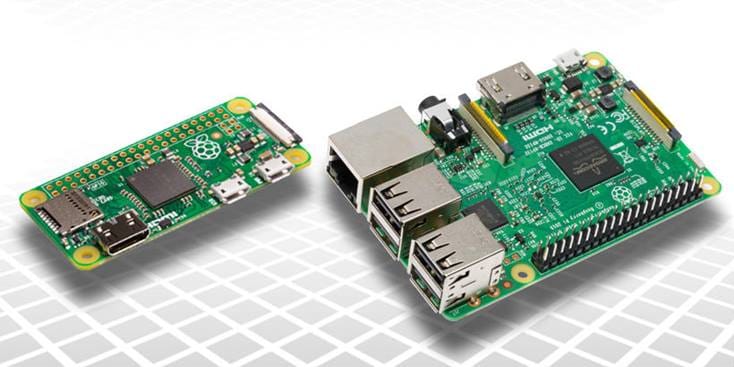Combining Homer’s addiction to television with Professor Farnsworth’s love for outlandish gadgetry, ingenious fans are taking love for Matt Groening’s content to the next level – and well into the twenty-first century – by 3D printing their own custom shells for Raspberry Pi-powered self-binging Simpsons and Futurama television sets. Not only that, but the custom-printed sets also play eleven seasons each of the iconic cartoons.
Each set posted/printed by the users on Reddit (buba447 for the Simpsons TV; Remoheadder for the Futurama) also cleverly pays reverence to the series played by the respective TVs in ways that only the truest fans could properly appreciate: the Futurama TV looks just like the Farnsworth-created What-If Machine, while the Simpsons one looks just like the Simpson family television, itself. This is like Marshall McLuhan’s “the medium is the message” taken in the most literal way imaginable.
Both sets work by compressing such a large quantity of television content deliberately to be played on the miniature screens, the Simpsons playing the episodes on a Pi Zero (pictured below, right) and the Futurama on the Pi 3 (below left). Each of the creators took his own individual approach to supplementing the two different versions of the Pi with audio capabilities.
But the real uniqueness weaving all the parts together here clearly resides in the endearingly campy custom 3D shells, without which the machinery would be a charmless mechanical skeleton like the robot from Short Circuit, rather than warm and attractive like the robots in Westworld. Both of the fan/creators hit their particular nails on the head with their homages, as well as making objects that could actually have the potential to be highly useful in entertainment value. buba447 (real name Brandon Withrow) even magnanimously released free DIY build instructions, explaining to anyone who has an Ender 3 Pro how, in a total of only about 10 hours, and using 3 different colors of Inland PLA+ filament, they can print their very own Simpsons TV shell.
One of the reasons this works so well in the case of these particular shows is simply the fact of the sheer mass of content both represent. Eleven seasons at 18-20 episodes a pop is around 6-7 hours of television, which would be perfect on a long trip, or simply to break out whenever you need some hilarious background noise for awhile. In the case of the Simpsons specifically, that represents not even a third of the show’s total output, which means it would presumably make sense to mass-produce this kind of product without ever having to worry about it making any dent in the profitability of the streaming rights to the institution in American television.
To make a long story short, one could easily see the owners and licensors of the content mining Reddit for novel, mass-producible concepts. I know the craft-inept amongst our citizenry such as myself can’t wait to buy our mini-Simpsons TV’s at our local Disney store or Disney-section of a Target. (One is reminded of the craze for printing your own Pi-powered Nintendo systems, and the mini NES’s that hit the market not too long after.) By the time that ever happens, of course, the inventive minds characteristic of the enthusiasts in the 3D printing community will have already come up with something even more interesting.
Subscribe to Our Email Newsletter
Stay up-to-date on all the latest news from the 3D printing industry and receive information and offers from third party vendors.
You May Also Like
New Report: Semiconductor Industry to See $1.4B in 3D Printing Revenues by 2032
“The semiconductor sector has become the most strategically significant area of global industry.” Truer words are hard to come by when it comes to the modern world, and they are...
Will Photonic-Crystal Lasers Revolutionize 3D Printing?
Powder bed fusion (PBF) for metals and polymers predominantly utilizes lasers as the primary heat source. Some directed energy deposition (DED) technologies also employ lasers, while various vat polymerization methods...
3D Printing Unpeeled: Orbex Investment, IndoMIM and HP, Ultrasonic Waves
INDO-MIM has bought three HP Metal Jet S100 printers, operating two in India and one in Texas. This is a win for HP because the company has deep experience in...
3D Printing Webinar and Event Roundup: April 21, 2024
It’s another busy week of webinars and events, starting with Hannover Messe in Germany and continuing with Metalcasting Congress, Chinaplas, TechBlick’s Innovation Festival, and more. Stratasys continues its advanced training...

































